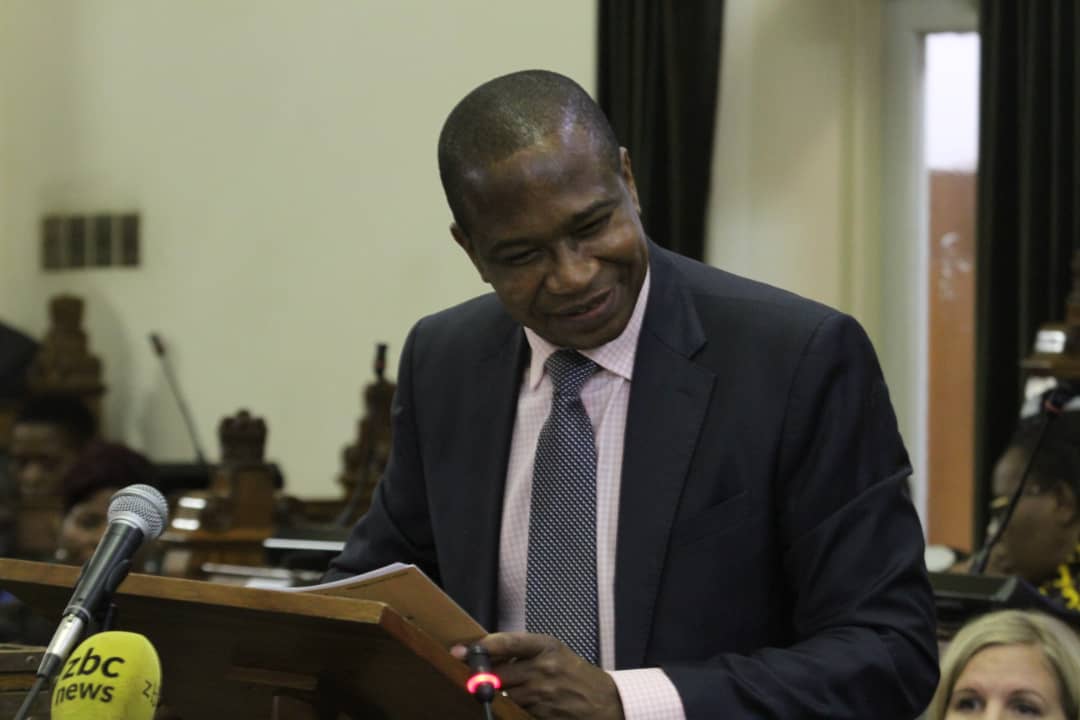
By Inter Horizon Securities
THE global economy contracted 4,3% in 2020 against a background of the United States-China trade war, Brexit and the unprecedented Covid-19 pandemic, which saw countries imposing strict lockdowns that hampered economic activity.
The World Bank projects global growth will come in at 5,6% for 2021 on the back of vaccine deployment and increased investment via stimulus packages.
The rebound is uneven across the globe and is subject to significant downside risks including additional Covid-19 waves and financial stress amid high debt levels.
The pandemic’s presence was less amplified in sub-Saharan Africa (SSA), hence the Covid-19-induced economic downturn was less severe.
SSA contracted 2,4% in 2020 with a projected rebound of 2,8% in 2021, sufficient to regain 2019 levels of activity.
On the domestic front, the Zimbabwean economic performance in 2020 was weighed down heavily by consecutive years of drought, a hyperinflationary environment as well as the Covid-19 effect.
The International Monetary Fund forecast a local economic recovery of 3,1% while the World Bank has forecast a recovery of 3,9% for 2021.
- Chamisa under fire over US$120K donation
- Mavhunga puts DeMbare into Chibuku quarterfinals
- Pension funds bet on Cabora Bassa oilfields
- Councils defy govt fire tender directive
Keep Reading
The ministry of Finance is more optimistic, revising earlier projections of 7,4% to a gross domestic product (GDP) growth of 7,8% in 2021.
This is on the back of record agricultural output levels with maize coming in at 2,7 million tonnes, wheat at 280 000 tonnes and tobacco at
195 000 tonnes.
It is estimated that 70% of Zimbabwe’s population is employed directly or indirectly in agriculture, particularly the majority within the informal sector.
GDP growth will also be driven by an increase in earnings from the mining sector with firming commodity prices as well as increased capacity utilisation from improvement in power supply and foreign currency availability.
Downside risk remains from the prolonged pandemic that has necessitated increased spending on social protection and has restricted growth of business activity.
In addition, there remains the need to delicately balance the current dual currency environment.
Staying the course to maintain economic
recovery
Higher growth rates are projected in agriculture, from a November 2020 forecast of 11,3% to 34%.
During the 2020/21 season, government launched several supportive programmes such as Pfumvudza/Intwasa Conservation Scheme, Presidential Input Scheme, National Enhanced Crop Productivity Scheme (command agriculture), Irrigation, the Livestock Growth Plan and Farm Mechanisation Programme, which all contributed to the anticipated higher growth.
In addition, during the first six months of the year, the budget disbursed $11,9 billion to the ministry of Lands, Agriculture, Fisheries, Water and Rural Resettlement for targeted interventions, which were complemented by US$10,9 million from development partners.
Mineral output was constrained in the first quarter of 2021 due to flooding during the rainy season.
However, overall performance for the year remains in line with forecasts supported by favourable international mineral prices, stable power availability and declining inflation.
Government expects to achieve the original growth target of 11% in the mining industry.
Month-on-month inflation is expected to remain stable at less than 3% during the second half of 2021.
Consequently, annual inflation is expected to decline further to between 22% and 35% by December 2021.
The 2021 national budget was premised on revenue projections of $390,8 billion and expenditures of $421,6 billion with a targeted budget deficit of $30,8 billion.
For the first half of 2021, revenues are estimated at $198,2 billion, whilst expenditures were circa $197,6 billion, resulting in a surplus of $570 million.
In the outlook, the budget is anticipated to remain more or less on course.
One of the major expenditures in the first half was on compensation of employees at $80 billion against a target of $73,8 billion.
In view of the persistent Covid-19 pandemic, resources amounting to US$93,2 million have been spent on vaccines alone.
Government has set aside US$100 million for vaccines acquisition.
Domestic debt as at end April 2021 amounted to $20,9 billion while external debt as at end December 2020, amounted to US$10,5 billion, representing 71,2% of GDP.
In March 2021, government resumed quarterly token payments to the Multilateral Development Banks (MDBs), the World Bank Group, the African Development Bank Group and the European Investment Bank as part of the re-engagement process.
Payments to Paris Club Creditors will also begin in the second half of 2021.
Given the progress made to date, the ministry of Finance saw no need to revise existing policies or provide a supplementary budget.
Our thoughts
Pockets of opportunity remain in equities.
The general market expectations were for the Mid-Term Budget Review to include increased spending on social protection in light of the pandemic and pressure from civil servants for salary reviews.
The mid-term budget, however, maintained status quo.
Significant increases in expenditure could potentially lead to increased borrowing and ballooning broad money supply or upward review of taxes on an already burdened formal sector.
Increased spending going forward may instead be a function of growing government revenues as the economy expands.
Government’s main lever for supporting production has been the stabilisation of the local currency through the control of money supply amongst other measures.
The relatively stable environment set up by SI185 allowing trade in forex and the relatively stable ZWL$ has improved business and consumer confidence.
Industry capacity utilisation has risen from the 2020 position of 47% to the current position of 56% and is expected to close the year at 61%.
Should the month-on-month inflation continue to trend below 5%, we expect production and consumption to maintain their positive trend.
Although we expect to see margin pressure impacting EBITDA growth rates over the coming year, there remain pockets of opportunities on the stock market where valuations remain undemanding.
We continue to lean towards counters that are diversified through direct exports or regional sales and counters with significant market shares in staples.











